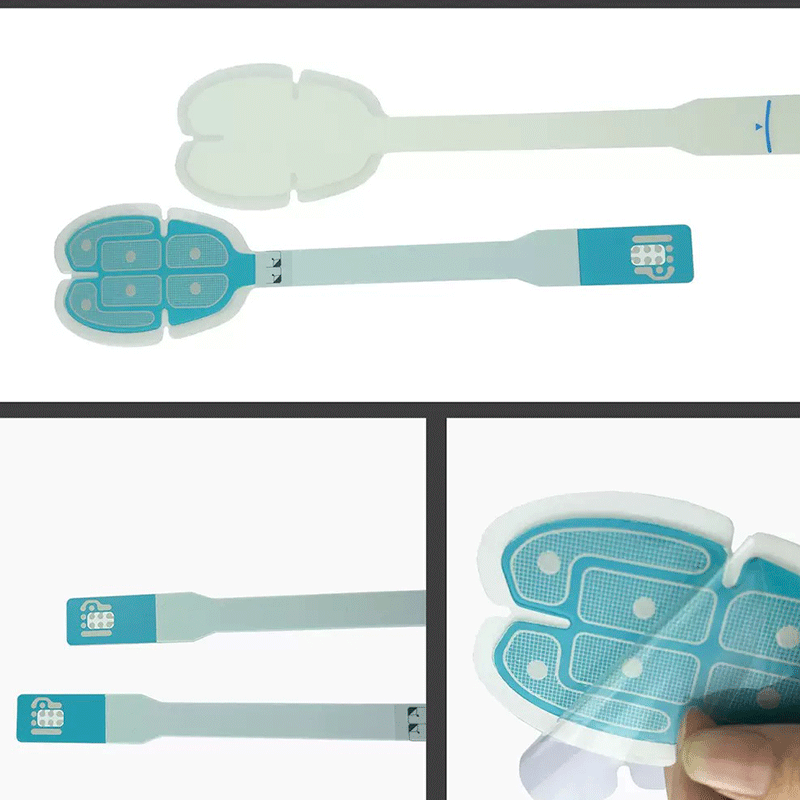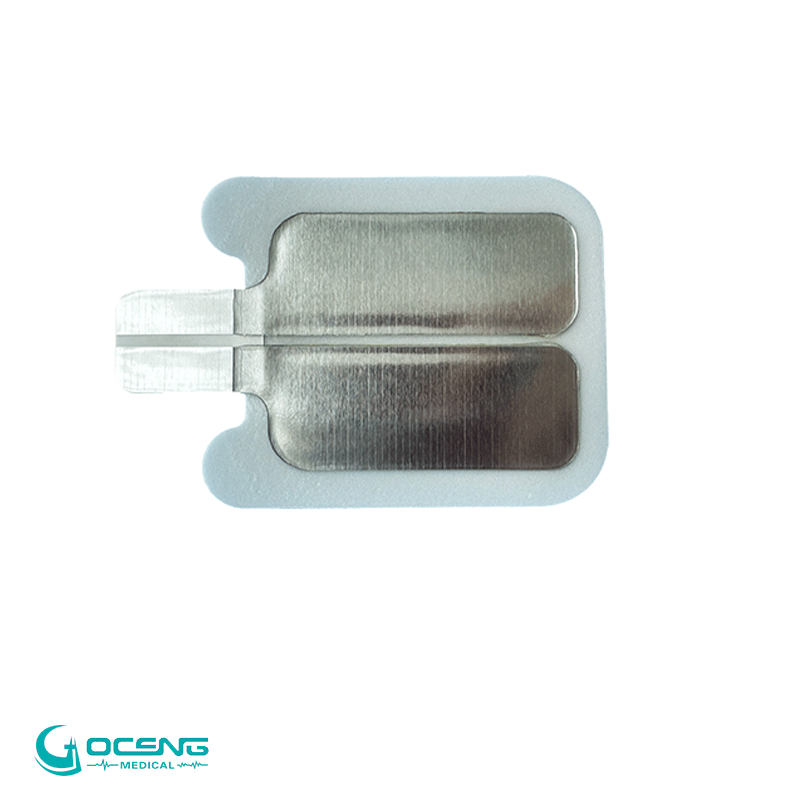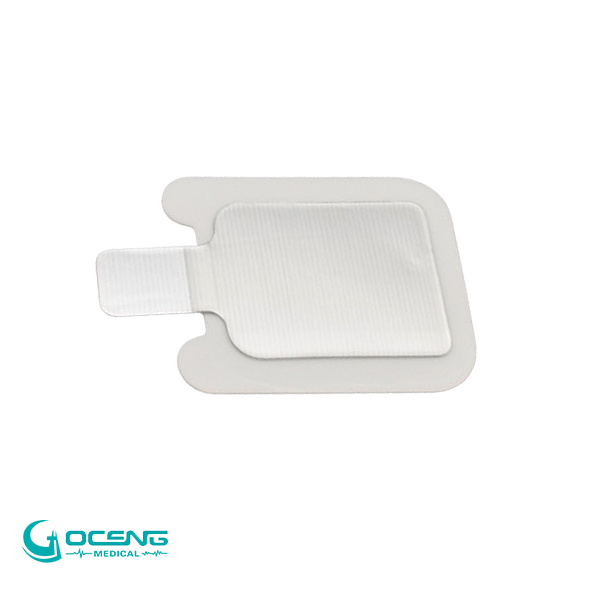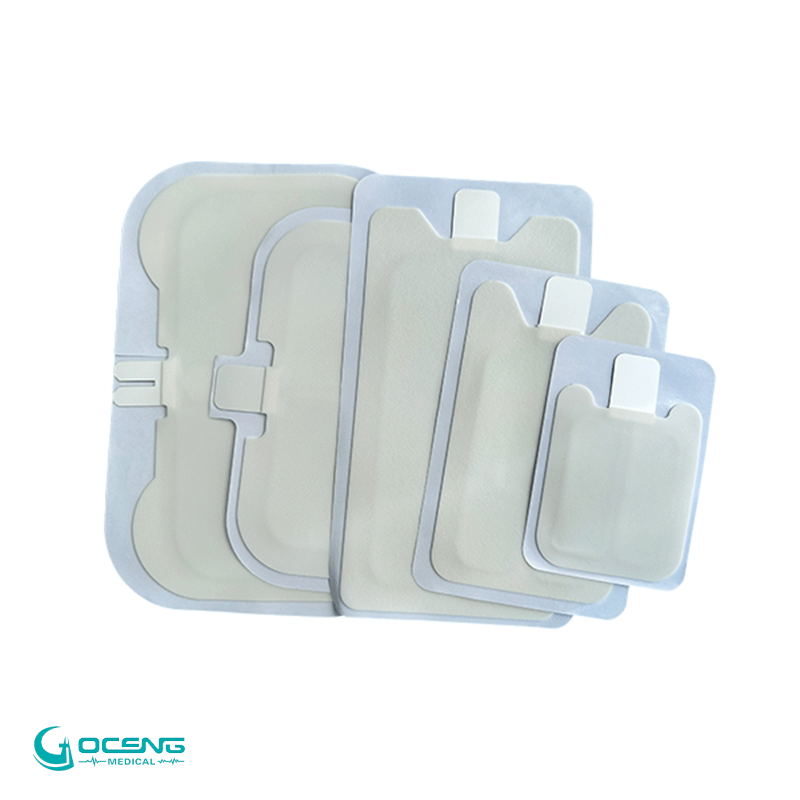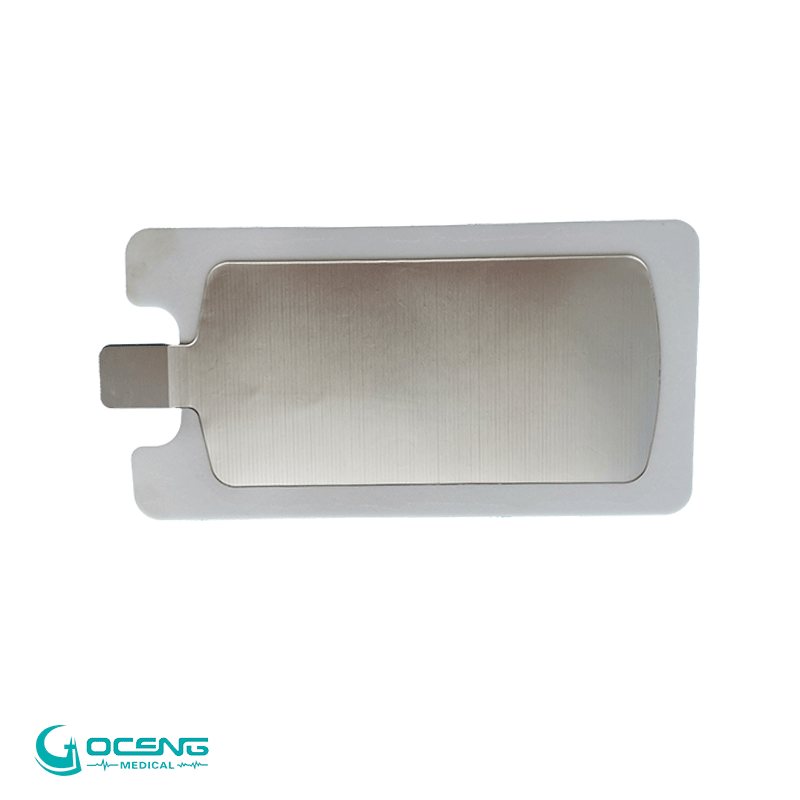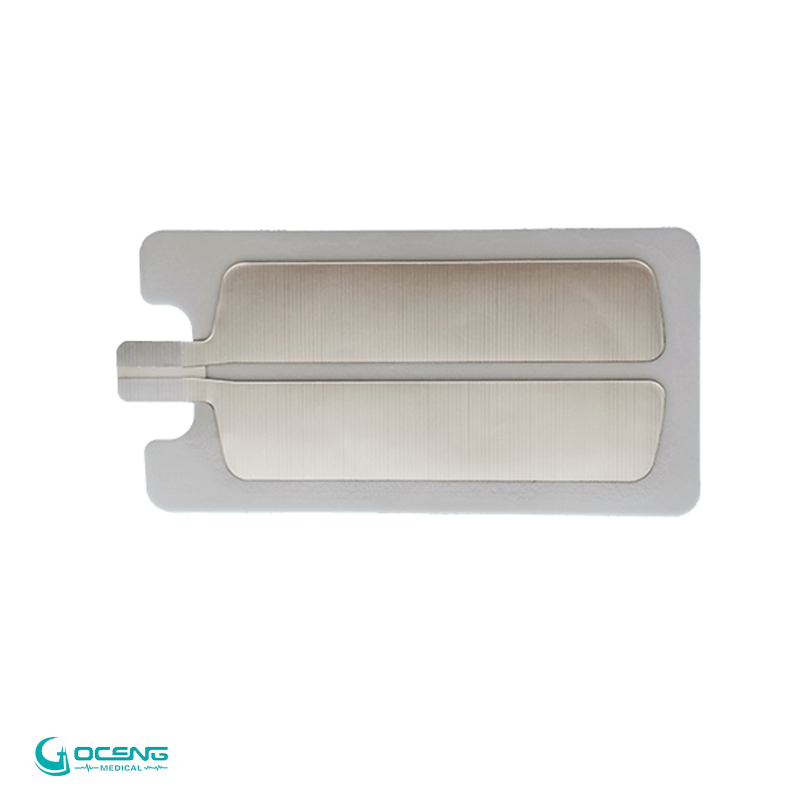With the continuous development of global rehabilitation medicine and physical therapy, physical therapy methods are becoming increasingly diversified: From traditional electrical stimulation (EMS, TENS) to the recently emerging microcurrent therapy (MCR), interferential electrotherapy (IFC), high-voltage pulsed electrotherapy (HVPC), and combined rehabilitation equipment, physiotherapists and medical institutions are facing increasingly complex decisions when choosing physiotherapy consumables. Especially the therapeutic patch (electrode pad), as a key medium for electrical stimulation conduction and comfort, its performance directly affects the treatment effect and patient experience.
1. Understanding Different Physiotherapy Techniques
Each physiotherapy method has unique current parameters and therapeutic goals:
TENS Therapy: Primarily used for pain relief through low-frequency electrical impulses that stimulate sensory nerves. Pads for TENS should have high skin adhesion and gentle conductivity to minimize irritation.
EMS Therapy: Targets muscle contraction for rehabilitation or strength training. Electrode pads designed for EMS should have excellent conductivity and durable hydrogel layers to handle higher stimulation levels.
Interferential Therapy (IFT): Combines two medium-frequency currents to penetrate deeper tissues. Pads for IFT should provide stable current transmission and low impedance for consistent deep stimulation.
2. Key Factors in Selecting Electrode Pads
When choosing electrode pads, physiotherapists should consider:
Material Composition: Silver or carbon electrodes offer different benefits. Silver electrodes have superior conductivity and durability, while carbon pads are more cost-effective for routine use.
Gel Quality: High-quality hydrogels ensure better adhesion, comfort, and extended pad life.
Size and Shape: The pad should match the target treatment area—smaller pads for precise stimulation, larger ones for broader coverage.
Reusability: For clinical environments, reusable pads with consistent performance over multiple sessions can reduce waste and operational costs.
3. Innovation and Sustainability
As technology advances, Goceng medical is focusing on biocompatible materials, environmentally friendly adhesives, and smart electrodes that monitor conductivity and usage time. These innovations not only improve treatment outcomes but also align with the healthcare industry’s growing emphasis on sustainability.
The effectiveness of any physiotherapy session depends not only on the therapist’s technique but also on the quality and compatibility of the consumables used. By carefully selecting the right electrode pads—considering conductivity, comfort, durability, and safety—clinicians can enhance therapeutic results and patient satisfaction.
GOCENG Medical continues to develop and supply professional-grade electrode pads tailored for various physiotherapy applications, ensuring stable current transmission, superior comfort, and extended electrode life.

